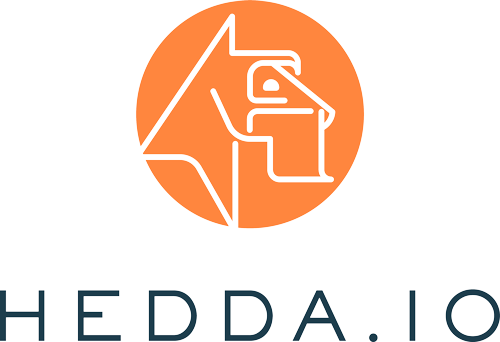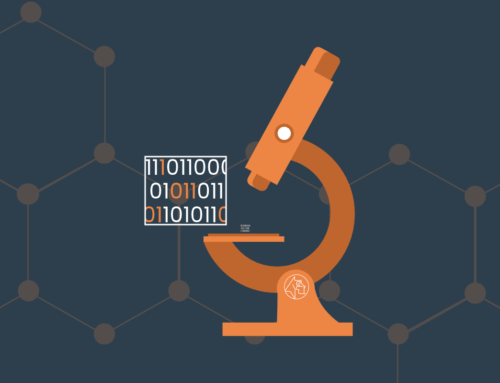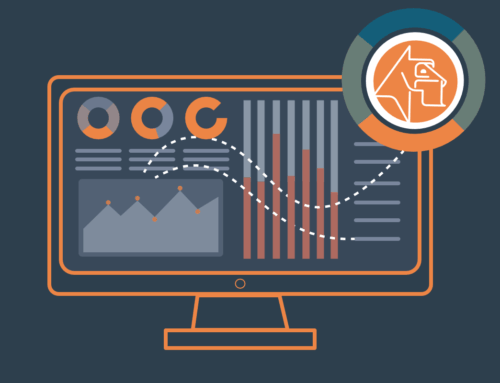
DATA OBSERVABILITY FOR DATA ENGINEERS
From Reactive Firefighting to Proactive Data Reliability
The modern data stack is fast-moving and complex. Data Engineers are expected to build robust pipelines, manage transformations, integrate APIs, and deliver clean, timely, and trustworthy data — yet much of their day is still spent debugging, chasing schema changes, and urgent Slack alerts at 9 AM:
- “Why is this column suddenly empty?”
- “Why are we missing rows from France?”
- “Why did our weekly dashboard break again?”
These interruptions aren’t just frustrating — they erode trust in data systems. This is where Data Observability comes in — a discipline designed to give continuous visibility into the health and behavior of data systems, similar to how application monitoring works in DevOps.
What is Data Observability?
Data Observability means having the ability to detect, understand, and respond to unexpected changes in data — as early and automatically as possible.
It includes monitoring for issues like:
- Freshness: Is the data arriving on time?
- Volume: Are row counts what we expect?
- Schema drift: Did a new column appear? Did a field change type?
- Distribution changes: Are null rates increasing? Is a value range drifting?
- Rule violations: Are known business rules suddenly failing?
With robust observability in place, data teams can:
- Detect issues before stakeholders notice
- Trace root causes faster
- Understand historical trends and recurring problems
- Ensure trust in dashboards, models, and decision-making systems
Importantly, observability isn’t just about metrics — it’s about context and explainability.
Where Data Engineers often struggle
In many organizations, Data Engineers still rely on:
- Custom scripts to check row counts
- Manual SQL queries to spot anomalies
- Ad hoc monitoring via Airflow logs or Spark job outputs
- Alerts baked into dashboards
These approaches are brittle, reactive, and don’t scale. And when something goes wrong, engineers are left scrambling — without visibility into which rule failed, why, and when the issue began.
How HEDDA.IO enables Data Observability
HEDDA.IO offers a structured, rule-based approach to Data Observability — designed to be usable by both Data Engineers and Data Stewards alike.
Here’s how it works:
-
Declarative Rulebooks Instead of Ad Hoc Checks
With HEDDA.IO, Engineers define Rulebooks that express your expectations for Data Quality, such as:
- CustomerID must not be empty
- Revenue must be positive
- ProductCategory must match controlled list
- ModifiedDate must not be in the future
These rules are executed across environments (e.g., staging, production) and tracked consistently — just like unit tests for data.
-
Observability from Row to Pipeline Level
HEDDA.IO automatically tracks:
- Rule-level failure rates
- Violation hotspots per column or table
- Execution statistics over time
- Row-level results, available even in Excel or Microsoft Fabric

This means Engineers can spot patterns, diagnose recurring issues, and track improvements — all with full transparency.
-
Thresholds and Event-Based Alerts
For proactive workflows, HEDDA.IO allows teams to define alerting thresholds, e.g.:
- “Trigger Teams message if nulls > 5%”
- “Fire webhook if a schema violation occurs”
- “Raise Azure DevOps task if address rule fails”
This turns data quality into an automated feedback loop — not a helpdesk ticket queue.
Integration with Observability Tools (Prometheus, Jaeger & more)
Many engineering teams already use tools like Prometheus, Grafana, or Jaeger to monitor system-level performance, service health, and distributed traces.
Because HEDDA.IO supports OpenTelemetry, it can forward:
- Validation metrics (e.g., failure rates, rule coverage)
- Execution traces (e.g., rule paths, branching decisions)
- Custom logs and event signals
…to any OpenTelemetry-compatible observability stack — including Jaeger for trace visualization or Prometheus/Grafana for time-series metrics.
This allows Data Engineers to correlate rule failures, schema drift, or unexpected data anomalies with broader platform behavior — creating a truly unified observability layer across infrastructure, pipelines, and data quality.
Elevate Data Reliability with Observability
As data volumes grow and systems become increasingly distributed, the cost of undetected data quality issues rises. For modern organizations, ensuring that data is timely, accurate, and trustworthy is no longer just an operational concern — it’s a strategic requirement.
Data observability provides the visibility needed to detect and diagnose issues before they affect downstream consumers. By integrating quality checks directly into the data lifecycle, engineering teams can reduce unplanned work, improve data reliability, and better support data-driven decision-making across the business.
HEDDA.IO enables this shift by offering a structured, scalable approach to data observability — aligning engineering practices with governance needs and operational performance.
To learn how HEDDA.IO can help your team implement data observability at scale, visit HEDDA.IO or contact us for a demo.





